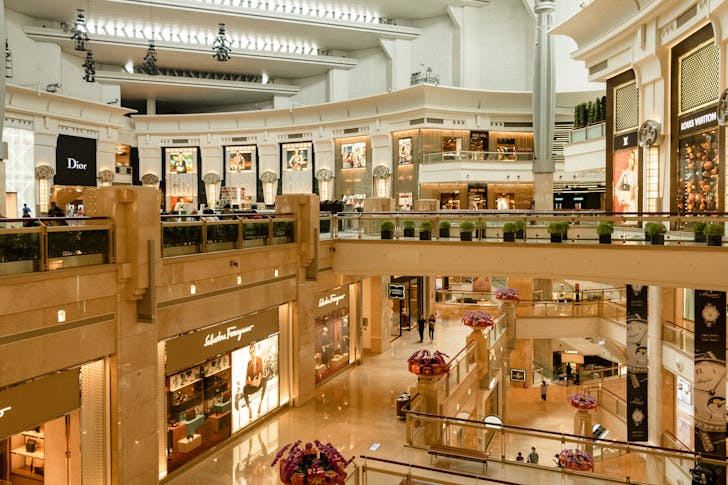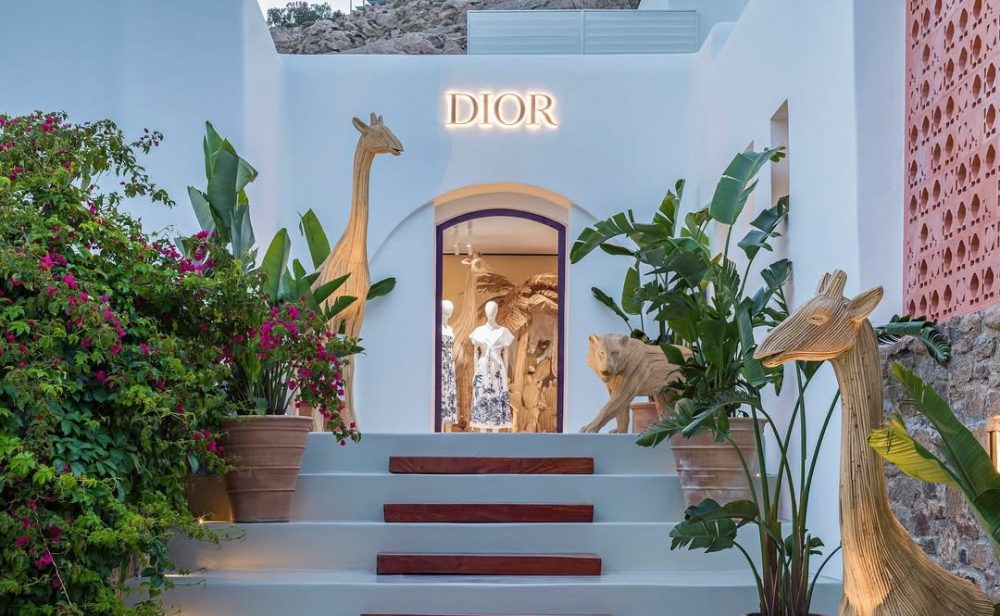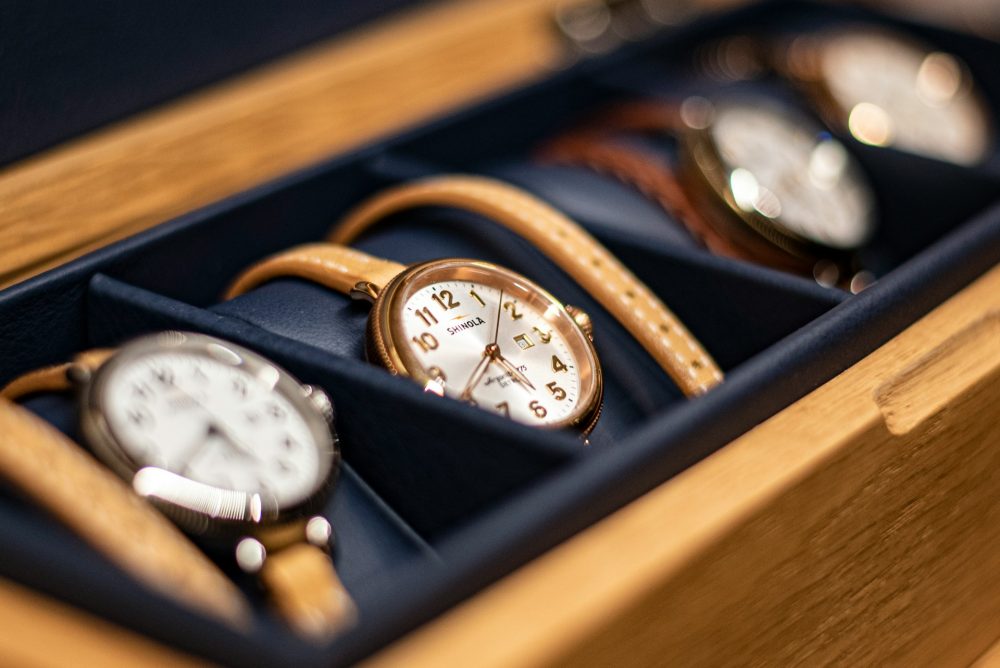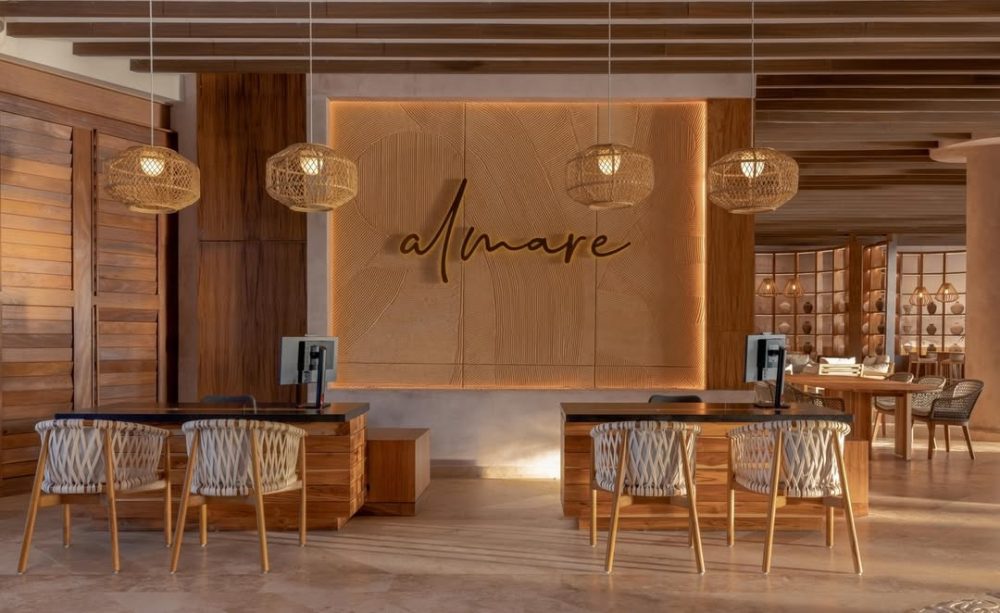Luxury brands have long been symbols of status, exclusivity, and craftsmanship. They command astronomical prices, with handbags, watches, and sneakers often costing more than a mortgage payment.
But in today’s economy, as price hikes soar beyond inflation, the real question is: Are they worth it?
Luxury Brands Sell ‘Prestige’
One thing is for sure: Luxury brands are not just selling products. They are selling a dream. When you buy a Chanel bag or a Rolex watch, you are not just paying for leather or metal. You are paying for history, heritage, and the feeling of exclusivity.
Luxury thrives on scarcity - limited editions, waitlists, and controlled distribution fuel demand.

Ron / Pexels / The steeper the price, the more desirable the item becomes. It is a psychological play, and consumers fall for it.
But prestige alone doesn’t justify a $10,000 handbag. At some point, the cost must reflect the product’s intrinsic value. Are you paying for superior quality, or just the name stamped on the label? That is where things get complicated.
Quality vs. Branding
Luxury brands love to position themselves as masters of craftsmanship. Hermes, for example, boasts of artisans who handcraft their bags with precision and care. The result? A product that lasts a lifetime. High-end materials and meticulous attention to detail are part of the luxury promise.
When done right, luxury goods outlive their mass-market counterparts, making them an investment rather than a splurge.
However, not all luxury brands uphold this standard. Many outsource production, use cheaper materials, and rely heavily on branding to justify their sky-high prices. Designer sneakers made in the same factories as mid-tier brands? It happens more often than you would think.
In these cases, the price tag reflects the logo, not the craftsmanship.
Then there is the Social Media Effect
Social media has cracked the glossy facade of luxury. What was once reserved for the elite is now displayed on TikTok and Instagram for mass critique. Consumers are no longer passive buyers. They are informed, vocal, and skeptical.
Viral breakdowns expose the actual cost of making a designer handbag versus its retail price. The results are eye-opening.

Wendy / Pexels / If customers sense they are being overcharged for a subpar product, they won’t hesitate to call it out.
This new wave of transparency forces luxury brands to rethink their strategy. No longer can they rely on blind loyalty. Today’s buyers want to know what justifies the extra thousands.
Are You Paying for Status or Substance?
Owning luxury goods has always been about more than just quality. It is about identity. Walking into a room with a Louis Vuitton bag signals success, style, and affluence. People pay for how luxury makes them feel, and for some, that feeling is priceless.
If prestige and exclusivity are what you are after, then yes, luxury brands might be worth every penny.
But if you are looking purely for value, the answer is not so clear-cut. With the rise of independent designers and high-quality alternatives, luxury no longer has a monopoly on craftsmanship. You can find exceptional quality without the hefty price tag. In that case, spending thousands on a logo might not make much sense.
Luxury brands exist in a world where perception matters more than logic. Prices are not just about materials. They are about image, marketing, and status. Some brands justify their cost with craftsmanship, while others rely on hype. The key is knowing which is which.
So, are luxury brands worth it? It depends on what you value more - substance or symbolism. If it is the latter, then go ahead, and indulge. If not, you might want to rethink that four-figure price tag.








